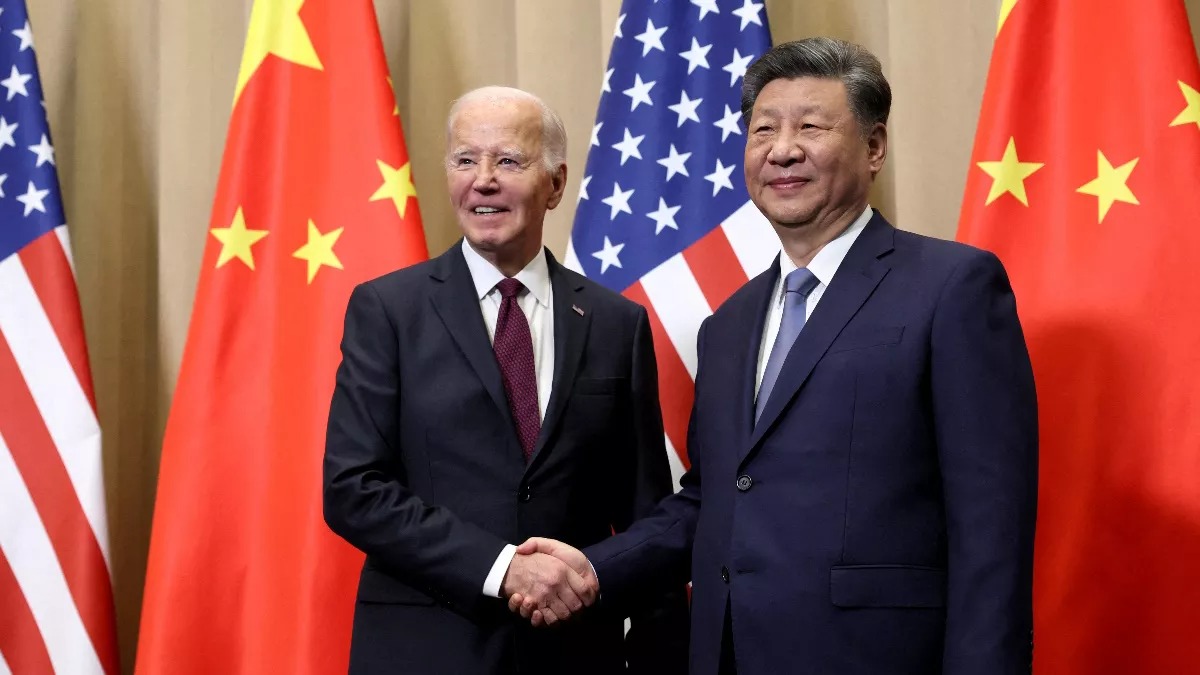
US President Joe Biden met Chinese President Xi Jinping on Saturday on the sidelines of the Asia-Pacific Economic Cooperation summit in Peru. The two leaders agreed that the decision on the use of nuclear weapons should be made by humans, not artificial intelligence (AI). They also stressed the need to carefully consider potential risks and develop AI technology in the military sector in a prudent and responsible manner.
Xi Jinping said – we are ready to increase cooperation
Xi said that US-China relations will remain unchanged. We are ready to work with the Donald Trump administration. He stressed on maintaining communication, increasing cooperation and resolving differences. In fact, Washington has long been pressuring Beijing to end the deadlock in nuclear weapons talks. The two countries have resumed official level talks on this in November. However, formal nuclear arms control talks are not expected to take place soon.
.jpg)
It is foolish to control China
During the meeting, Xi Jinping stressed that a new Cold War should not be fought. It cannot be won. It is unwise to control China. It is unacceptable. Joe Biden said that the strategic competition between the two global powers should not turn into war. Both countries cannot allow this competition to turn into conflict. This is our responsibility and in the past four years I think we have proven that it is possible to build such a relationship.
So China has 500 operational nuclear weapons
A top US official has publicly expressed disappointment about China's response. China and the US began their first formal bilateral talks on AI in Geneva in May, but nuclear weapons decision-making is not believed to have been discussed in those talks. The US Defense Department estimated last year that Beijing has 500 operational nuclear weapons and will likely have more than 1,000 deployed by 2030. That compares with 1,770 and 1,710 operational warheads deployed by the US and Russia, respectively.
.jpg)
China modernizes its nuclear program
The Pentagon said most of Beijing's weapons will likely be kept at a high level of readiness by 2030. Since 2020, China has modernized its nuclear program and started producing a next-generation ballistic missile submarine. It has also tested a hypersonic glide vehicle warhead. Weapons on land, air and sea give China the identity of a major nuclear power.
--Advertisement--

 Share
Share



